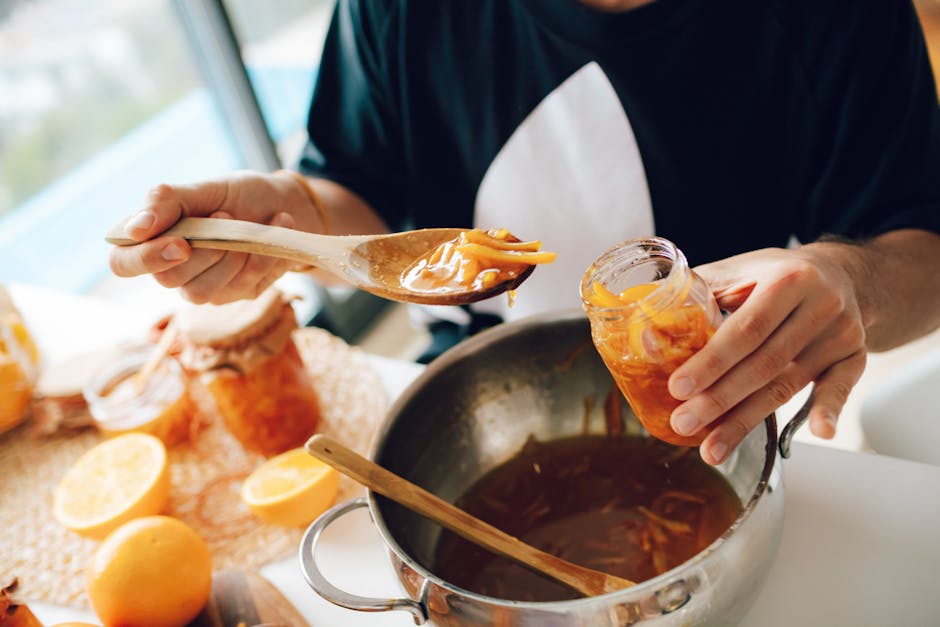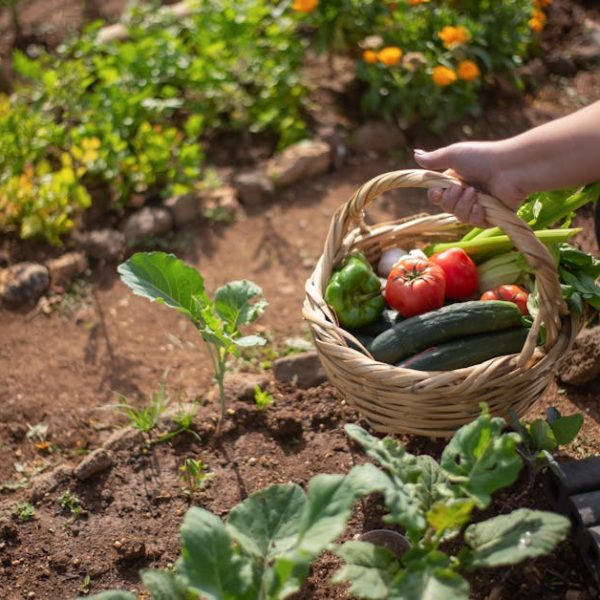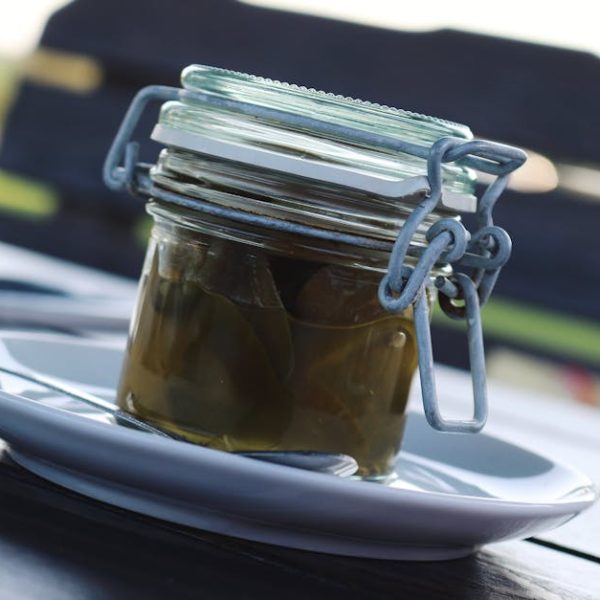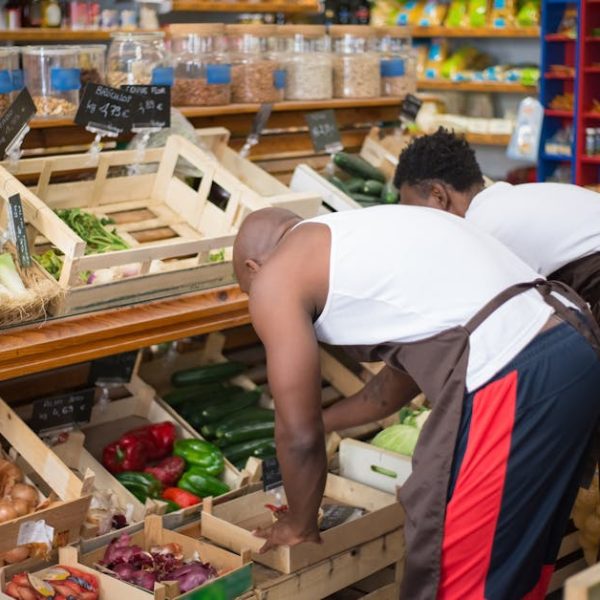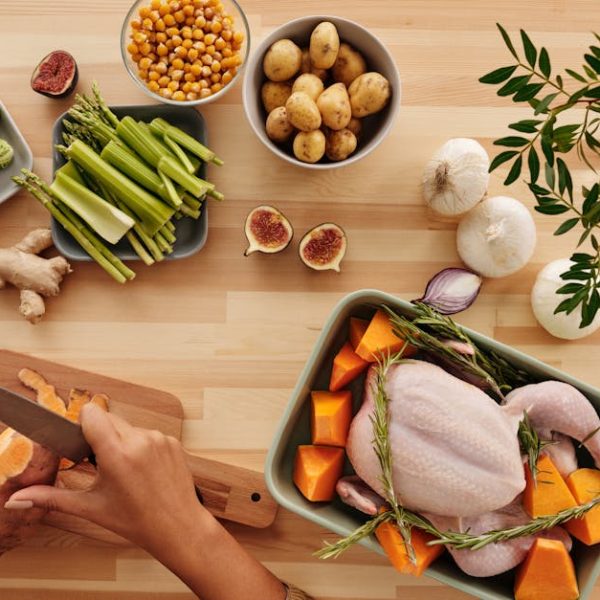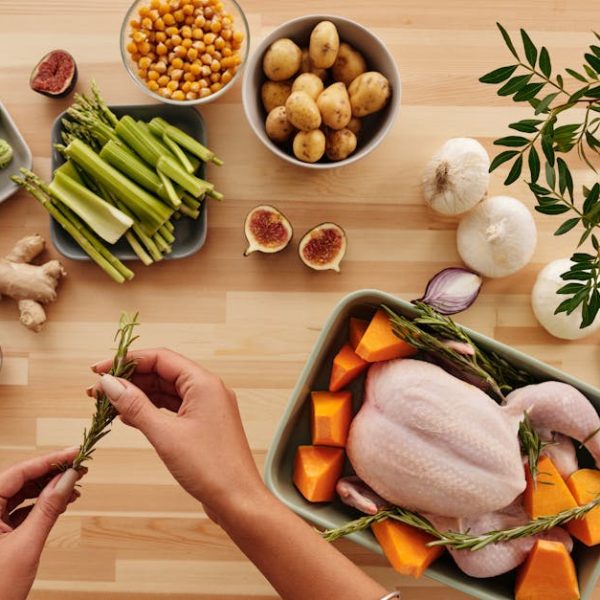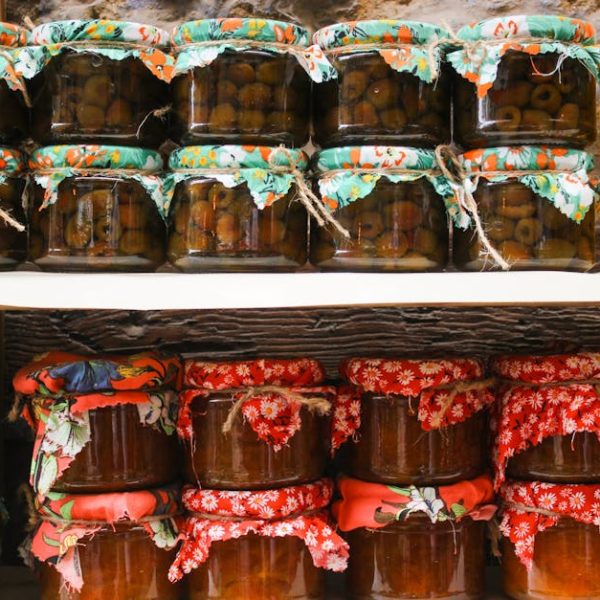When it comes to preserving nature’s bounty, canning crops up as a top method. While canning has been a household staple for years, few have explored the wonderful world of canning cabbage. Both nutritionally rich and delicious, cabbage is a stellar candidate for the home preservation practice. Whether you’re inundated with cabbage from your garden or scored a superb deal at the market, canning cabbage offers a taste-refreshing solution.
Understanding the Basics of Cabbage Canning
Canning cabbage isn’t just about recipes and end-results. It’s about understanding the importance of proper canning methods and how they maintain nutritive content. When canned correctly, cabbage retains significant nutritional value – high in vitamin C and fiber, rich in vitamin K, and loaded with antioxidants.
Beyond benefits to your health, canning helps to reduce food wastage and provides sustenance when fresh produce isn’t readily available. It’s a smart step towards sustainability, with your pantry shelves playing the starring role!
- Pro Tip: Measuring pH is key in canning cabbage. Ensure your cabbage blend has a pH below 4.6, otherwise, you’ll need to pressure can to maintain safety.
Choosing the Right Cabbage for Canning
The secret to great canned cabbage is the cabbage you start with. Fresh, firm, and richly coloured cabbages generally provide better end-results. But not all cabbages are created equal – green cabbages are often sweet and slightly peppery, while red cabbage is more robust and earthy. Savoy cabbage, with its crinkled leaves, is milder and softer.
As for quality, look for cabbages with crisp leaves, no the wilting or discoloration, and a firm consistency.
- Pros of Green Cabbage: Tender, sweet, perfect for salads, stews, and staples like sauerkraut.
- Cons of Green Cabbage: Might be too mild for flavourful dishes.
- Pros of Red Cabbage: Earthy with robust qualities perfect for pickles and braises.
- Cons of Red Cabbage: Might be too intense when eaten raw.
- Pros of Savoy Cabbage: Mild, perfect for stuffings and casserole.
- Cons of Savoy Cabbage: Not os good for pickling.
Essential Tools for Cabbage Canning
Arm yourself with the right toolkit as you venture into canning. Apart from obvious items like jars, lids, and a pressure canner, key tools include a jar lifter (to take jars in and out of hot water), a canning funnel (for mess-free filling), a bubble popper (to release air bubbles), and a lid wand (for easy lid placement).
- Pro Tip: Thorough cleaning of all your tools is essential before canning. Boil jars and lids for 10 minutes to sterilize, and ensure your workspace is clean too.
Stay tuned for the next part to learn more about the step-by-step process of canning cabbage, unique recipes tailored for canned cabbage lovers and best methods for storing and using canned cabbage.
Step-by-Step Process of Canning Cabbage
Now, let’s delve into the main course of the canning cabbage process. Begin by thoroughly washing your cabbage and chopping it into pieces that fit your preference. Next, blanch your cabbage in boiling water for about 3 minutes, then quickly cool using cold water. This pre-canning step helps maintain the cabbage’s flavor, color and texture.
Pack your cabbage snugly into the sterilized canning jars, leaving one inch of headspace. Pour boiling water over the cabbage until it’s covered, but still maintaining that one inch gap. Wipe jar rims clean, place lids, and then screw on the rings.
Finally, place the jars in your pressure canner, and process at 10 pounds pressure for 75 minutes for pints or 90 minutes for quarts. Allow the canner to cool, carefully remove the jars and voila, you have your canned cabbage!
- Best Practice: Avoid packing the cabbage too tightly as it needs room to expand. Insufficient space could lead to spillage or imperfectly canned cabbage.
Creative Cabbage Recipes for Canning Enthusiasts
Canned cabbage isn’t just for throwing into soups or stews. Get creative with your cabbage recipes! Try out a classic canned cabbage slaw, or an Asian-inspired canned cabbage stir-fry. For the meat lovers, opt for a comforting canned cabbage and sausage skillet.
Personalize these dishes with complementary flavors like garlic, onions, carrots or even apples.
- Pro Tip: Keep an eye on the nutritional balance when adapting recipes. It’s easy to add too many high sodium ingredients which are not ideal for maintaining a healthy diet.
Tips for Storing and Using Canned Cabbage
When stored properly, canned cabbage can retain its flavor and nutritive value for up to a year. Keep your jars in a cool, dark, and dry place for maximum shelf-life.
Incorporating your canned cabbage into meals is only limited by your creativity. Add it to your salads, casseroles or use it as an additional ingredient to your favorite meals.
- Comparison of Shelf Life:
– Fresh cabbage can last 1-2 weeks in the fridge when stored properly.
– Canned cabbage, on the other hand, can last up to a year when stored in ideal conditions.
Health Benefits of Canning Cabbage
Canning cabbage isn’t only practical, it’s also a nutritious strategy. Packed with vitamins and minerals like Vitamin K, Vitamin C, Fiber and antioxidants, canned cabbage can be a stellar performer in your health-boosting recipe list.
Consuming canned cabbage can contribute to improved digestion, stronger immune system and balanced nutrition daily.
- Pro Tip: To maximize the health benefits from canned cabbage, use it regularly but in moderation. Consuming too much can at times lead to bloating and an unnecessary intake of sodium. Balance is key.
Now, you know all there is about canning cabbage like a pro. So, step into your kitchen, embrace this sustainable and health-favoring method, and transform your cooking routine for the better. Happy canning!
Key Takeaway:
- Proper canning methods ensure cabbage maintains its nutritional value, reducing food waste while promoting healthier diet options.
- Using fresh, high-quality cabbage ensures better results from canning.
- The choice of cabbage depends on your personal preference with green, red, and savoy providing different flavor profiles.
- Proper cleaning and sterilization of canning equipment are essentials for safety and quality.
- The canning process involves several steps, including preparing the cabbage, packing it into jars, then pressure canning.
- Creative usage of canned cabbage in various recipes offers a fun and tasty way to incorporate them into meals.
- Proper storage of canned cabbage ensures it retains its flavor and nutritive value for up to a year.
- Regular but moderate consumption of canned cabbage promotes health benefits like improved digestion and strengthened immune system.
Having canned cabbage at your disposal not only adds variety to your cooking but provides an easy and healthy ingredient for your meals. Remember, freshness of the cabbage, cleanliness of your tools, and proper storage are key to successful canning. Embrace this sustainable and nutritious method of preserving nature’s bounty, and enjoy our vibrant, nourishing, and creative recipes.
FAQs
Q: Can I use old jars and lids for canning cabbage?
A: While reusing old jars is possible, it’s crucial to inspect them thoroughly for chips or cracks. Lids, however, should always be new to ensure a proper seal for safe canning.
Q: What are signs that my canned cabbage might have gone bad?
A: Signs of spoilage include off-odors, leaking or bulging lids, or any visible mold. Always discard suspected spoilt cabbage to prevent foodborne illness.
Q: Can I adjust the canning recipe freely?
A: Changing recipe proportions can affect safety and quality. Always stick to the tested recipes for optimal results.
Q: Can I can cabbage without a pressure canner?
A: Due to its low acidity, it’s necessary to use a pressure canner for cabbage canning to prevent the growth of bacteria.
Q: What other vegetables can I use in canning alongside cabbage?
A: You can combine cabbage with a variety of other vegetables like carrots, onions or capsicum to create mixed vegetable preserves. Always follow a guideline or tested recipe when doing so.
Feel free to share this article with your friends and family who enjoy home preservation. Discover more posts on our website to further enhance your knowledge in home canning and cooking. Happy canning!
